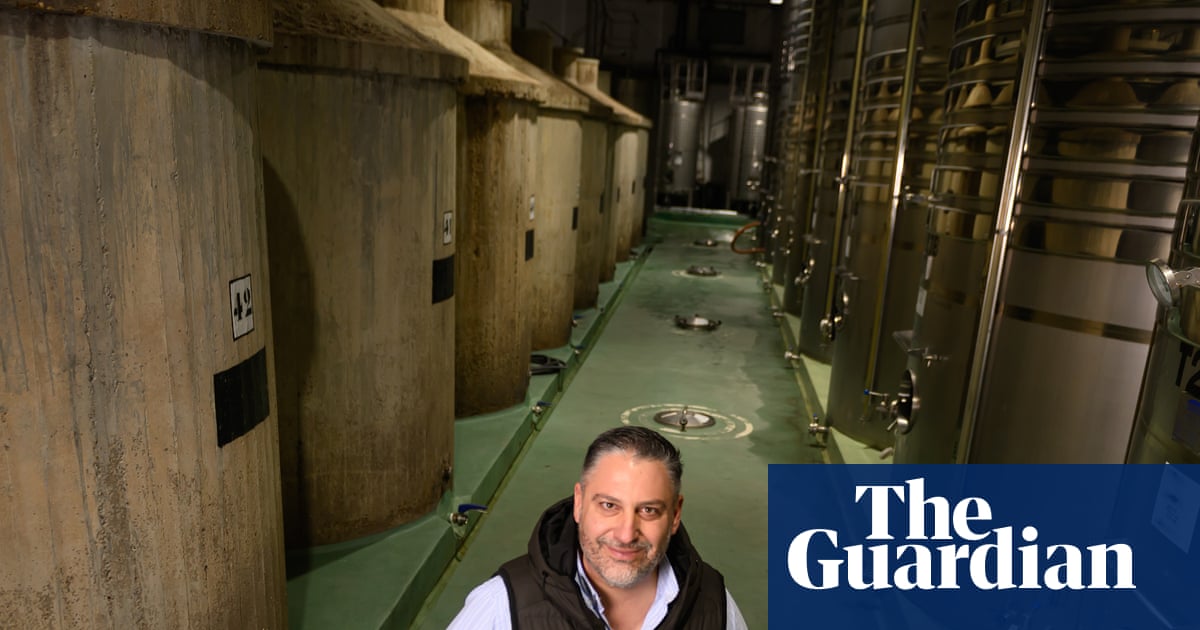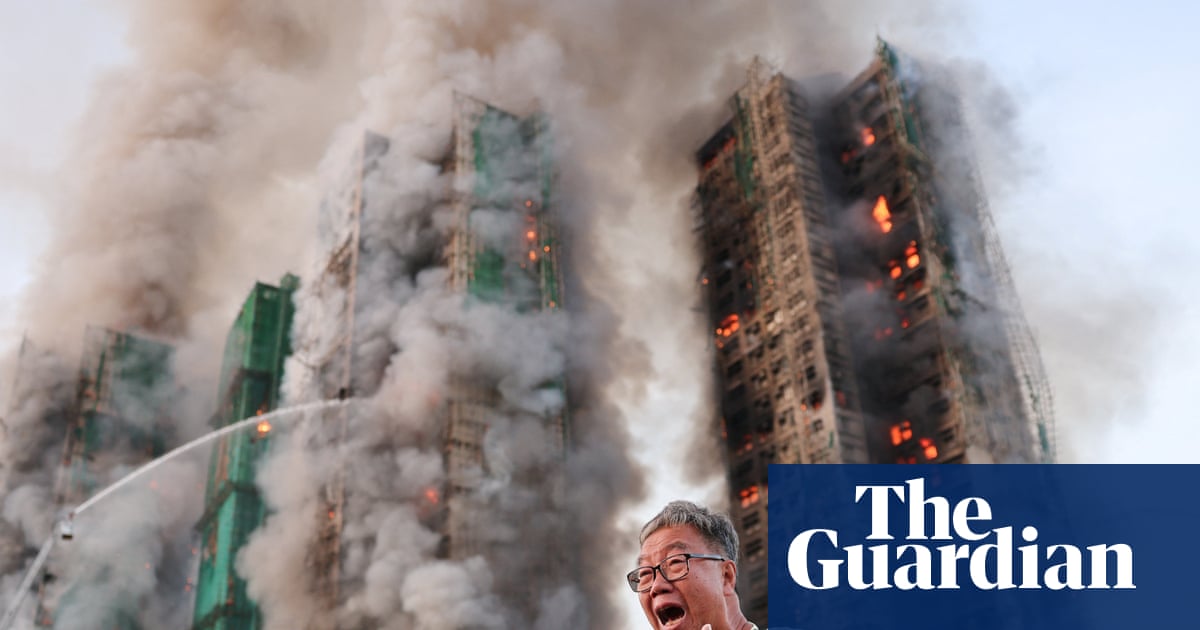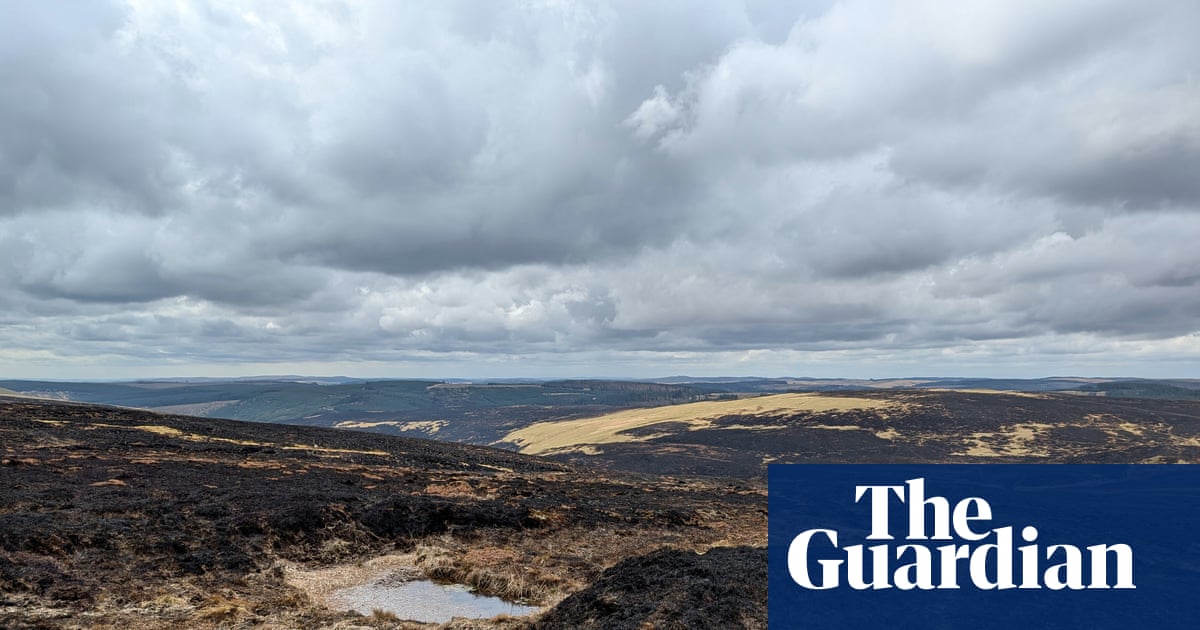Shortly after lightning sparked dozens of wildfires in California’s Sierra Nevada foothills this week, author Stephen Provost received news that devastated him.
Fire was sweeping through Chinese Camp, a Gold Rush-era town that a group of Chinese miners founded in the 19th century after they were driven out of a nearby settlement. The town’s almost 100 residents were forced to evacuate and news reports showed flames consuming historic buildings.
The fire, part of the so-called TCU September Lightning Complex, has rapidly grown to nearly 7,000 acres (2,800 hectares) after starting on Tuesday.
“It’s just heartbreaking when you see one of these historical towns no longer be there or be damaged severely,” said Provost, a former California journalist who wrote a book on Chinese Camp. “You just can’t go back.”
The settlement has a rich history that dates back more than a century. It was founded around 1849 amid the Gold Rush as tens of thousands of people were arriving in California from around the world in hopes of striking it rich. Chinese Camp was originally called Camp Washington before Chinese miners settled there after being displaced from nearby outposts due to racism and other miners who didn’t want competition, Provost said.
Miners in the area largely panned for gold rather than digging mines, and Chinese Camp eventually became a major stagecoach stop, a crossroads town with the amenities of the era: multiple hotels, opium dens, gambling halls and saloons. Black Bart, the outlaw and stagecoach robber, was said to have stopped in the area, Provost said.

Provost decided to write Chinese Camp: The Haunting History of California’s Forgotten Boomtown after visiting the area for the first time with his wife. At the time, he was struck by the haunted feeling that loomed over the area. The experience moved them, and the town also inspired his wife’s writings.
“The first time we went there was at dusk. It was overcast, and it was the spookiest feeling. It felt like a town out of time that was clinging to its last breaths, so to speak, because it was run down. It was almost deserted,” Provost said.
Chinese Camp felt like a town that wanted to survive, but wasn’t quite able to do it, he said, and he wanted to trace its journey from thriving Gold Rush settlement to living ghost town. It was designated a state historical landmark, but the historic buildings, such as the county’s oldest Catholic church, had fallen into disrepair, Provost said.
The town remained home to a few dozen residents and some businesses, and was popular among tourists in the region and travelers headed for Yosemite.
after newsletter promotion
Crews are continuing to battle the flames, and while the full extent of the damage is still being revealed, firefighters have confirmed that several buildings were destroyed. Early reports indicated the church and the town general store had survived, but the fate of other structures is not yet known. The old post office appears to be a shell, KCRA reported.
Provost and others with ties to the area fear what damage the fire has done. The town represented California history and allowed visitors to get a sense of what it felt like 150 years ago, he said.
“It’s best experienced in person. You can walk the same streets these people walked. You can imagine yourself back in the time, and you can transport yourself back then,” he said.
“You can’t relive something once it’s gone. And that’s the tragedy of it.”

 3 months ago
52
3 months ago
52

















































